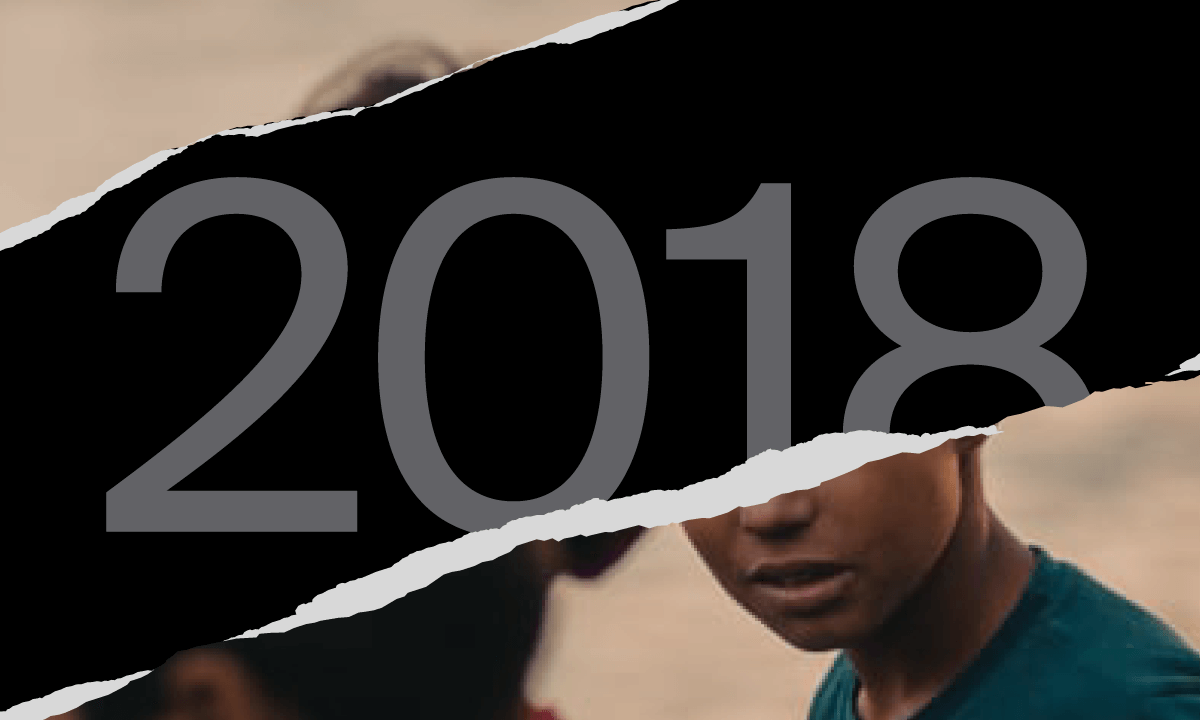The interaction between social media and TV series is on the rise, and its attempt to reach to young audiences, used to spend long hours on their smartphones, keep increasing.
Teenagers, in fact, are the main video consumers, but more traditional mediums like TV is struggling to catch their attention. An example of this osmotic relationship is Skam, a Norwegian web series created by Julie Andem in which fiction is combined and enriched by individual hyperconnected realities. The show is based on the daily life of the teenagers of the Hartvig Nissen high school, and the main characters tell about themselves on their Instagram accounts through daily posts, photos, videos and stories in real time. By this means, a connection is established with the followers of the series (a TimVision original production) who, with a subscription to a messaging service via Whattsapp, are updated on all the news about the program.
Something similar had already happened with Mosaic, a TV series by Steven Soderbergh with Sharon Stone, designed to be followed also through an app which gave viewers the possibility of solving a murder by looking at the scenes in the order that they preferred, building their own point of view of the story. Netflix is also experimenting on interactivity, proposing for example alternative endings to cartoon series, allowing viewers to modify the plot at their will, thanks to the many narrative articulations and open diverse paths to the development of the plot.

